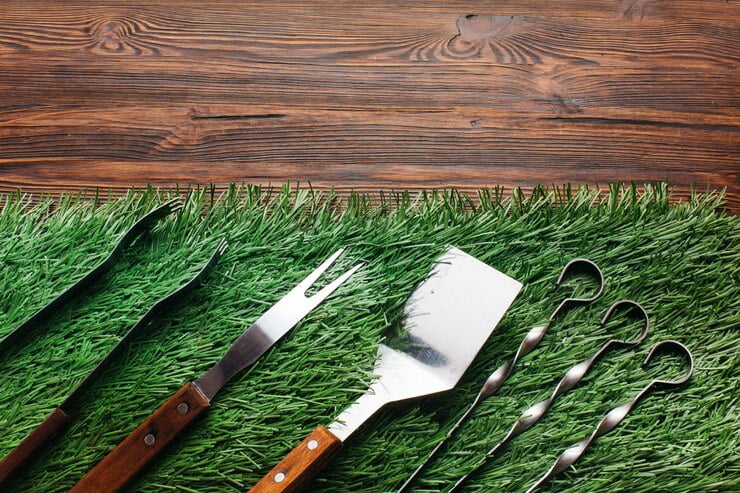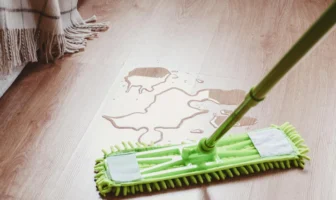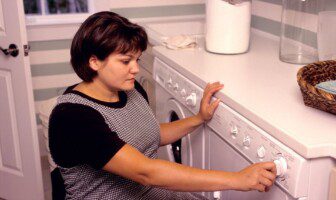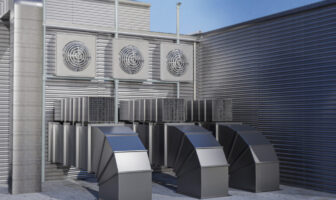
Fake grass is a surface made from artificial fibers that simulate grass. While this material was initially used in sports arenas, it has since been used in commercial and residential applications.
This article will give you an overview of this type of turf, including its benefits, disadvantages, and Infill options. We’ll also discuss injury rates and environmental impact.
Whether you’re planning for or looking to hire an installer of synthetic grass, this article can help. It’s not comprehensive, but it’s a great start to get you on your way.
Here We Explain Overview Of Synthetic Turf:
Infill
While the federal government pushes for a softer stance on nutrition standards in schools, districts are allowed to set their own policies. For example, the Portland School Board can adopt stricter standards than federal guidelines, but a school district can’t be less stringent than federal guidelines.

The board will be considering these revisions at its June 19 regular meeting. Infill options for fake grass, such as post-consumer recycled tires, are popular choices for fake grass.
Besides aesthetic purposes, infill is an important aspect of synthetic grass. Its role is to act as ballast, helping the turf stay level and protected while adding resilience to the backing.
Maintenance
If you’re a sports team, a maintenance plan for fake grass should start with daily inspections for signs of damage. In addition to cleaning, daily inspections should include measuring the moisture content of the infill. In some cases, you may need to do more frequent maintenance, such as sweeping the field with a magnet.

If you notice excessive foreign objects on your daily inspection, you might need to invest in a more thorough maintenance plan. Infill de-compaction (https://en.wikipedia.org/Artificial_turf) is a process used to improve the shock absorption and drainage of the fake grass. This process involves the redistribution of the infill material to return to the field’s original specifications.
Deep cleaning of fake grass requires specialized equipment, such as mechanical brushing, suction, and an infill-return system. These tools remove surface debris and ferrous metal objects. They are also effective for weed and pest control. The maintenance schedule for fake grass depends on the situation.
For instance, it needs more care if it’s in an area with children, pets, or trees. However, regular maintenance can prolong the life of this surface. You can also use leaf blowers or rakes to clear debris from artificial grass. Also, don’t forget to replace the sand infill. The sand infill of synthetic grass should not shift, as this will affect its look.
Injury Rates
One study examined the injury rates of athletes on both natural grass and fake grass. The researchers found that athletes suffering Posterior Cruciate Ligament injuries on fake grass had nearly three times the risk of these injuries as athletes who played on natural grass. You can learn more about the study or continue on.

However, the study also noted that its confidence intervals were very wide. There are many other factors that can affect injury rates. In addition to the surface material, other factors may have an effect on injury rates.
The study examined the literature to determine whether artificial turf sports pitches caused more injuries than natural grass. They compared the rates for contact and noncontact lower body injuries for 52 men’s college football teams and 73 women’s soccer teams. The researchers noted that injuries to the ankle and knee joint were more common on fake grass.
The rate of non-contact injuries was 67 percent higher on artificial turf. A study on noncontact injuries to the knee, ankle, and foot revealed a similar trend.
The researchers used data from 26 high school athletic trainers and Case Western Reserve University to compare injury rates on natural grass and fake grass.
The study found that injuries were more likely to occur on fake grass during competitive events and practices. The researchers also found that athletes of lower divisions sustained injuries on artificial turf than on grass.
Environmental Impact
Fake grass is a green choice for sports and recreation. A recent EPA report found that 12% of landfill waste is made up of lawn clippings, which may make up half of a community’s waste in the summer months. Fake grass uses fewer resources, reduces grass clippings, and has a lower environmental impact than natural grass.

However, the environmental impact of synthetic turf is not yet fully understood. This article aims to provide an overview of some of the key facts about the environmental impact of this product. First, synthetic turf contains water that is embedded in the production process.
The water content also provides cooling, adding to human comfort and livability, and contributes to local community amenities. Because synthetic turf has a high water retention capacity, it needs less irrigation.
However, there are many tradeoffs involved. Ultimately, the environmental impact of synthetic turf may outweigh the positive environmental effects in the long run.
Read Also:




























